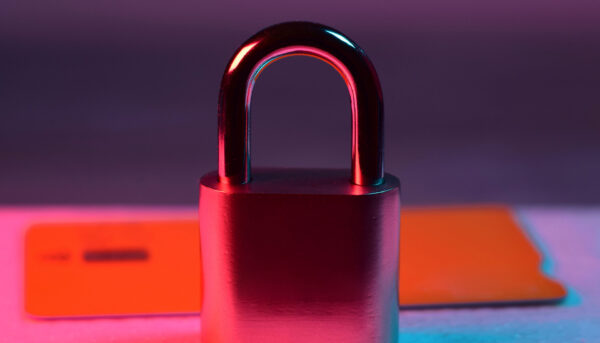Canada has officially joined the global right-to-repair movement.
In late 2024, two important amendments to the Copyright Act—Bills C-244 and C-294—received royal assent, giving individuals and businesses more freedom to bypass Technological Protection Measures (TPMs) under specific conditions. These changes mark a pivotal shift in Canada’s intellectual property framework, and are designed to empower consumers and enable businesses to legally diagnose, repair, and ensure the interoperability of devices and embedded software.
For companies in tech, manufacturing, agriculture, and electronics repair, this marks a major shift—opening new service models, reducing legal risks, and increasing product lifespan.
Here’s what you need to know.
What is a TPM?
TPMs are digital tools that copyright owners use to control access to copyrighted works and prevent unauthorized activities, such as copying or redistribution. Canada incorporated the definition of TPMs into the Copyright Act (the “Act”) in 2012 as part of broader efforts to strengthen copyright protections in an increasingly digital world and to align with international standards set by WIPO-member nations.
As technologies have advanced, TPMs have become increasingly prevalent in everyday devices such as cars, refrigerators, and even coffee makers. TPMs offer rights holders an ancillary right of protection and are deployed to protect against infringement of copyright in works that subsist in multimedia content, such as video games. As TPMs have become more prolific in every day life, the scope of TPMs have expanded beyond what was initially anticipated when the law was enacted. Critics argued that, despite having narrow interoperability exceptions provided in the Act, TPMs were being used to hinder consumer-friendly activities such as interoperability, third-party repair, diagnostics, and overall innovation. The strict enforcement of these provisions, as illustrated in Nintendo of America Inc. v King,[1] discouraged repair professionals from engaging in any activities that could be perceived as circumventing a TPM.
Recent legislative changes to TPM laws in Canada
Right to repair is a concept which aims to give consumers greater choice over, and information on, the repair options for certain products they buy. This may include:
- authorized repairs performed by the manufacturer of a product or an authorized repairer;
- the ability to use an independent repairer without voiding the warranty of a product; or
- self-repair done by a consumer.
The Act has undergone significant reforms with the passage of Bill C-244 and Bill C-294, reshaping how TPMs are regulated. These amendments aim to strike a balance between copyright protection, innovation, and consumer rights. Bill C-244 allows individuals or third-party repair companies to bypass digital locks to make software fixes without violating copyright, while Bill C-294 allows those locks to be circumvented “to make a computer program or a device in which it is embedded interoperable with any other computer program, device or component.” These amendments aim to strike a balance between copyright protection, innovation, and consumer rights.
This is significant for businesses, such as manufacturers, technology companies, and repair professionals, as these law introduce greater flexibility in integrating third-party software and repairing TPM-protected devices. Below is a breakdown of the key updates:
Bill C-244: Strengthening the right to repair
- New exception for repair & maintenance – Individuals and third-party repair technicians can now legally bypass TPMs to maintain, repair, or diagnose a product.
- Amendments to Section 41.121 – The Act now explicitly recognizes repair-related exceptions. Subsection 41.121(3) specifically limits these exceptions from applying to individuals engaging in copyright infringement.
- Updated definitions – The definitions of “TPM” and “circumvent” in section 41 have been revised to explicitly include computer programs.
Bill C-294: Enabling interoperability
- New exception for interoperability – Businesses and individuals can now circumvent TPMs to enable compatibility of embedded computer programs or devices with other devices, programs, or components.
- Amendments to Section 41.12 –The legislation simplifies language around how a work is lawfully obtained and explicitly outlines the interoperability purpose of this exception.
Compatibility with other countries
Prior to these amendments, Canada’s right to repair rules were more restrictive than those of its trading partners. These legislative changes bring Canada closer in alignment with other nations, such as the United States and the European Union. For instance, the United States periodically renews TPM exceptions under the Digital Millennium Copyright Act, which includes provisions for the right to repair. Following a 2021 executive order, individual states have also taken steps to promote owner or third-party repairs. Similarly, the European Union has introduced policies focused on access to repair services and warranty and consumer guarantees. This includes the 2024 Right to Repair Directive, which requires repairs under warranty by manufacturers or sellers, as well as prolonged legal guarantees to allow for the repair of defects.
Conclusion
These changes represent a positive step forward for consumers, especially for those living in remote areas without access to official manufacturer repair shops. However, law makers must carefully balance these new consumer rights with the rights of copyright owners, the risks of overbroad provisions (such as cybersecurity risks), as well as Canada’s obligations under various international agreements, such as Article 20.66 of the Canada-United States-Mexico Agreement.
If you have any questions on how these amendments may affect you or your organization, please reach out to a member of the Miller Thomson LLP Technology, IP and Privacy team.
[1] Nintendo of America Inc. v. King, 2017 FC 246 (CanLII), [2018] 1 FCR 509, <






